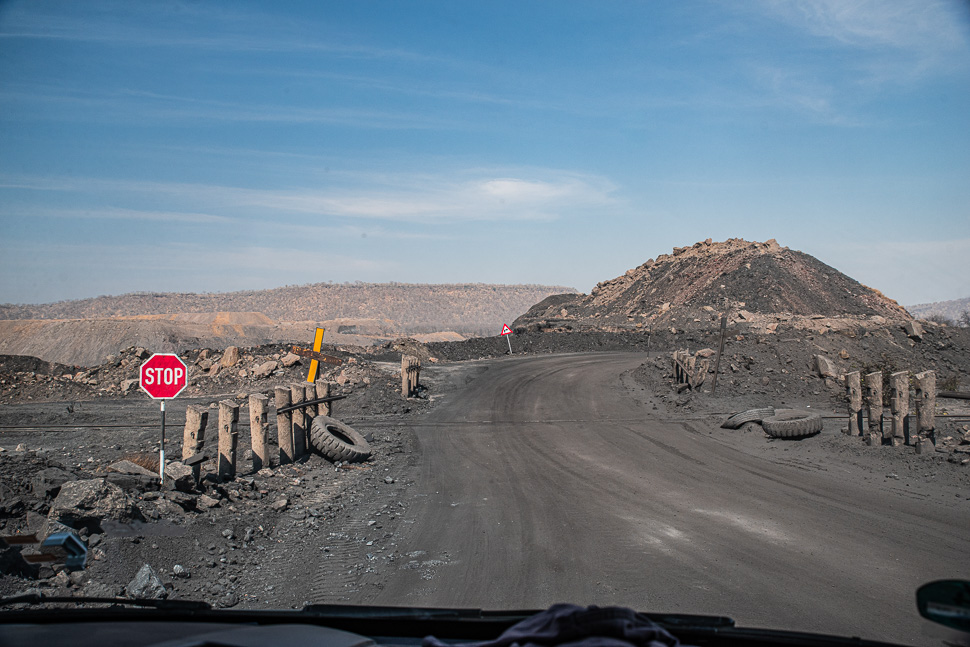
Hwange is not only known for its coal mines, which we had to cross on our way, but especially for the biggest national park in Zimbabwe, as big as half of Belgium. We took the Sinamatella Gate, where we could book the Shumba Pan for camping.
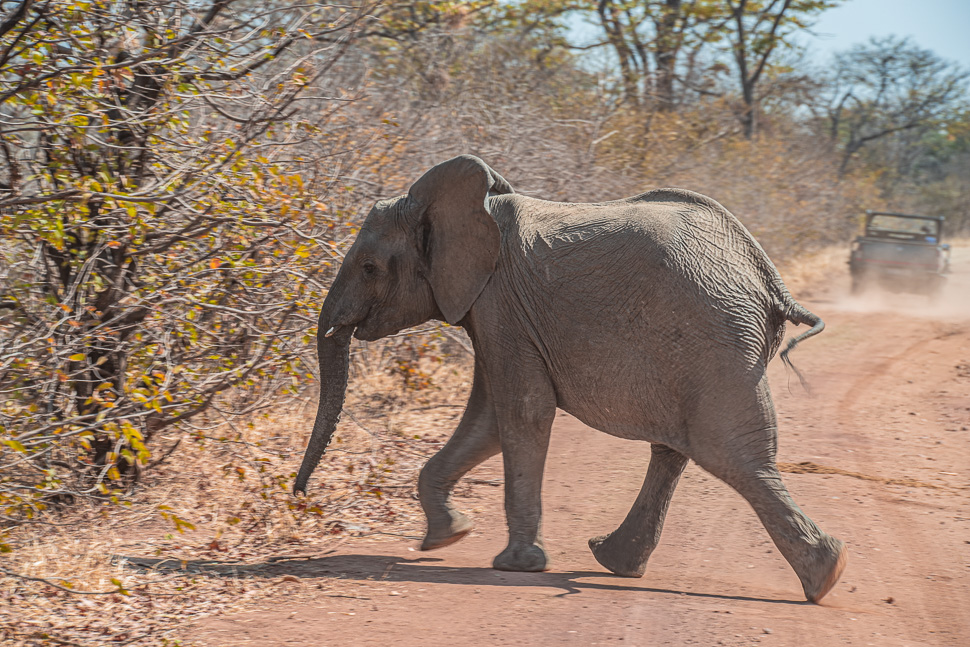
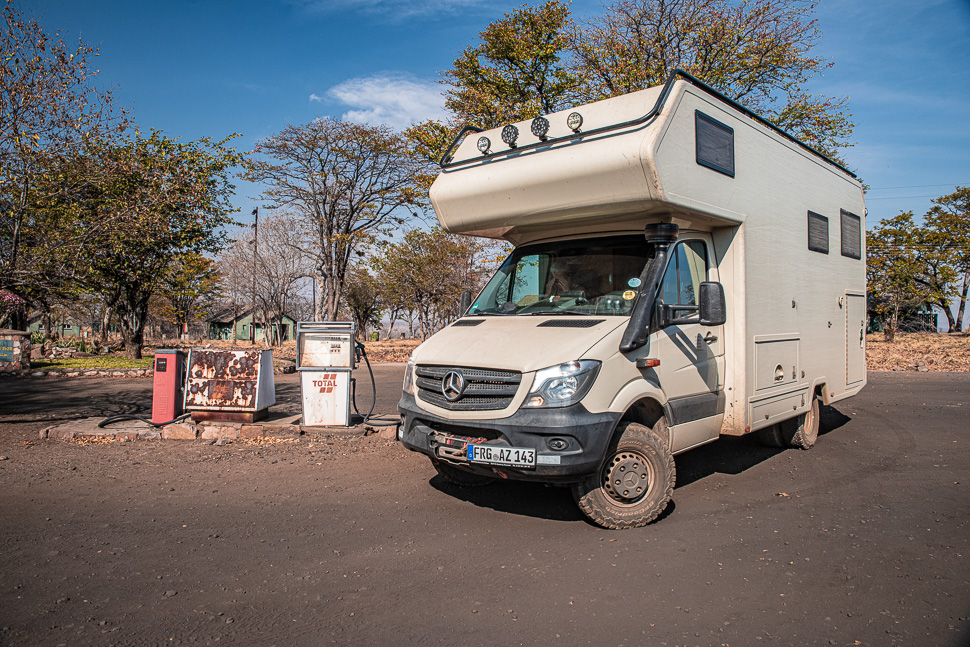
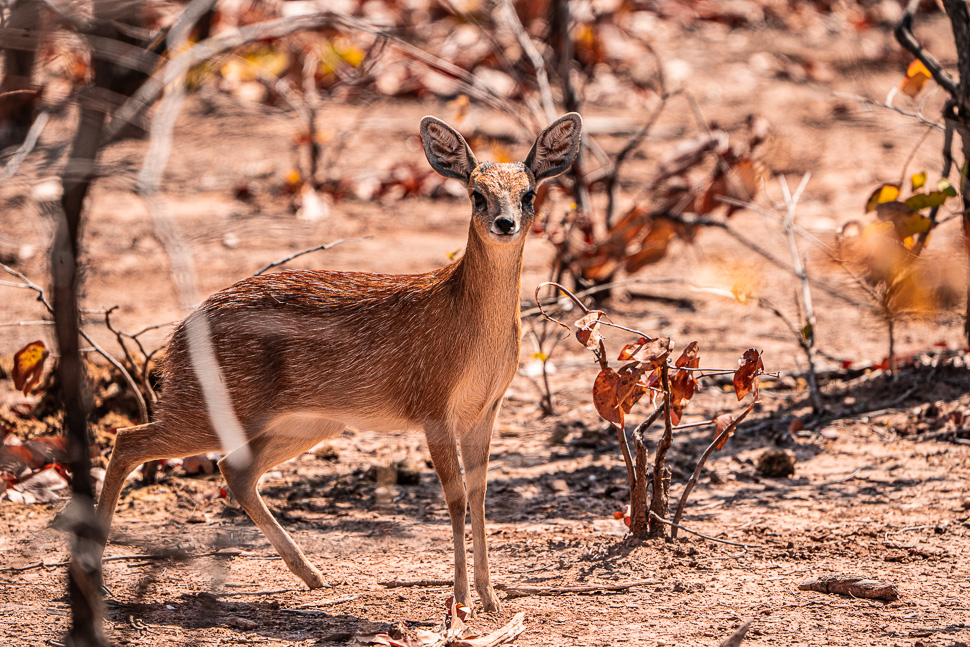
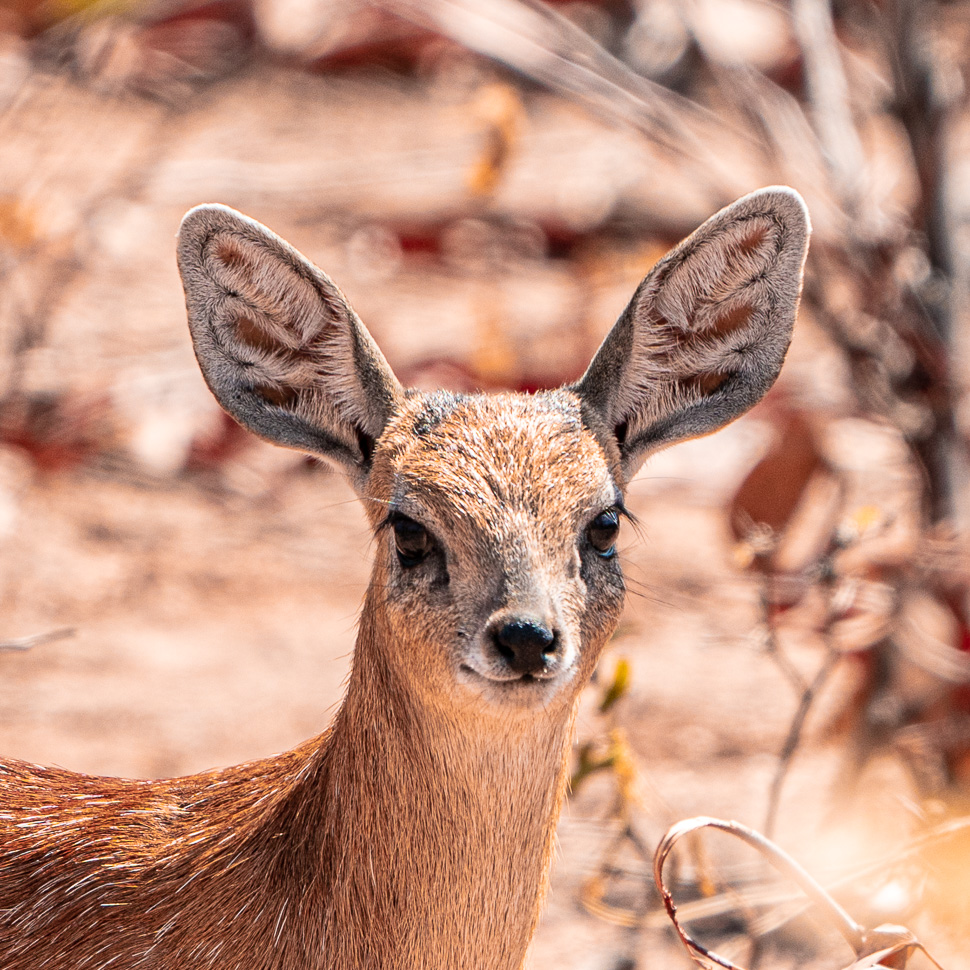
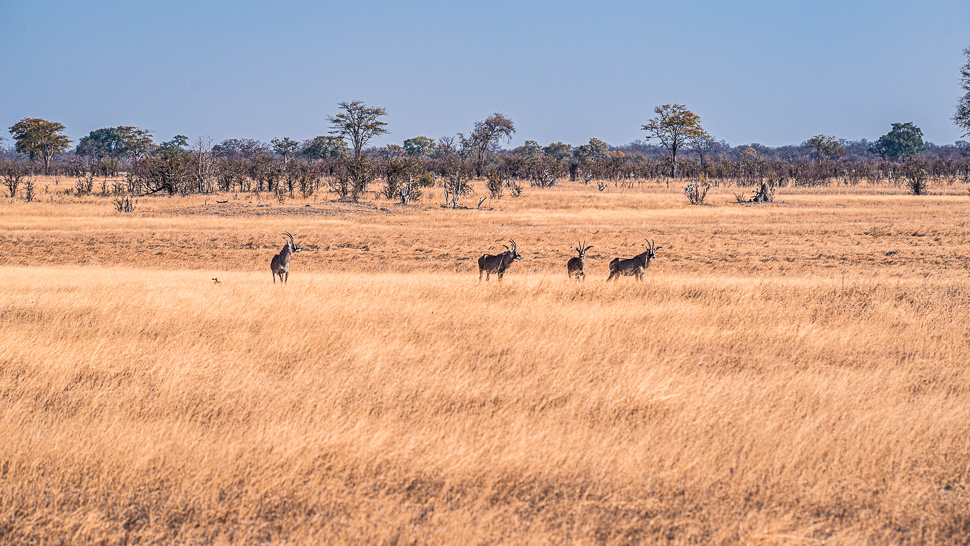
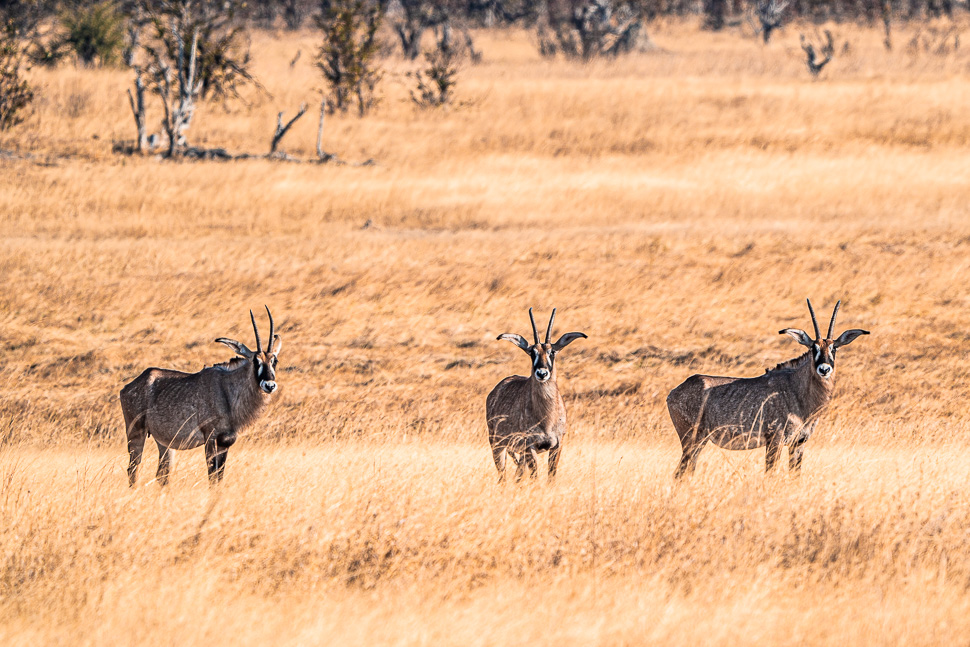
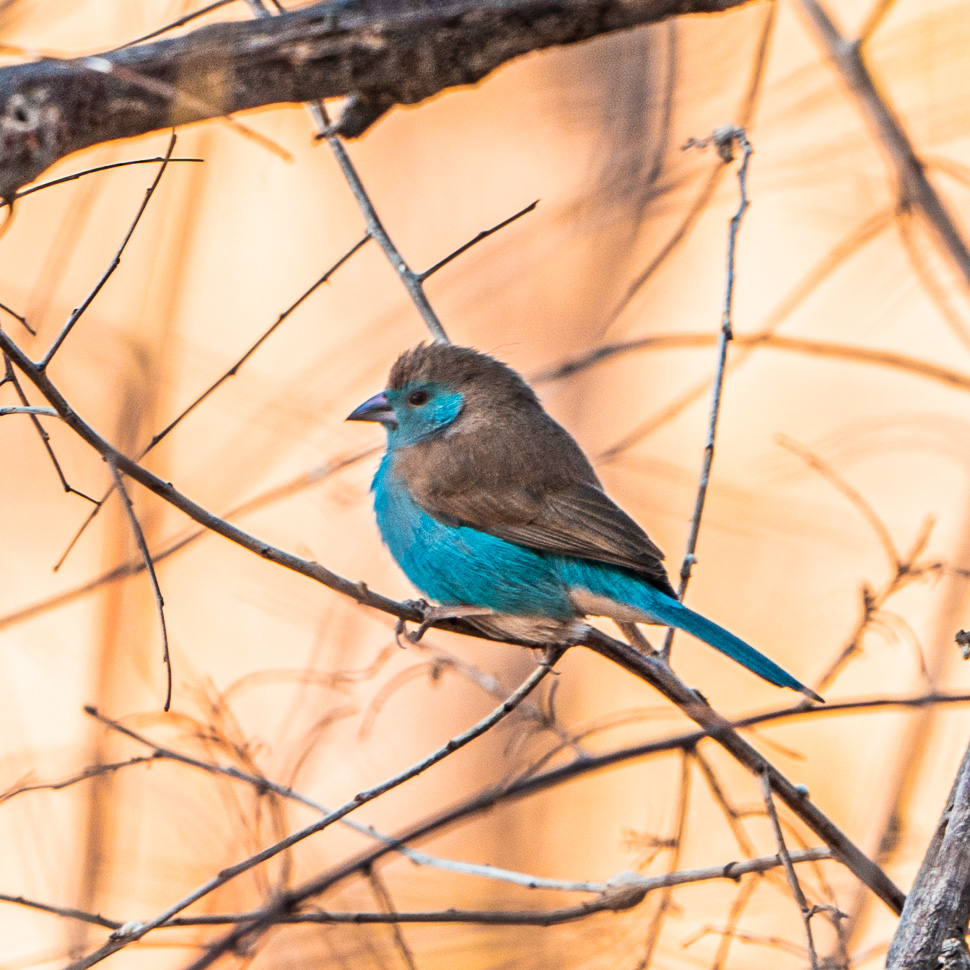
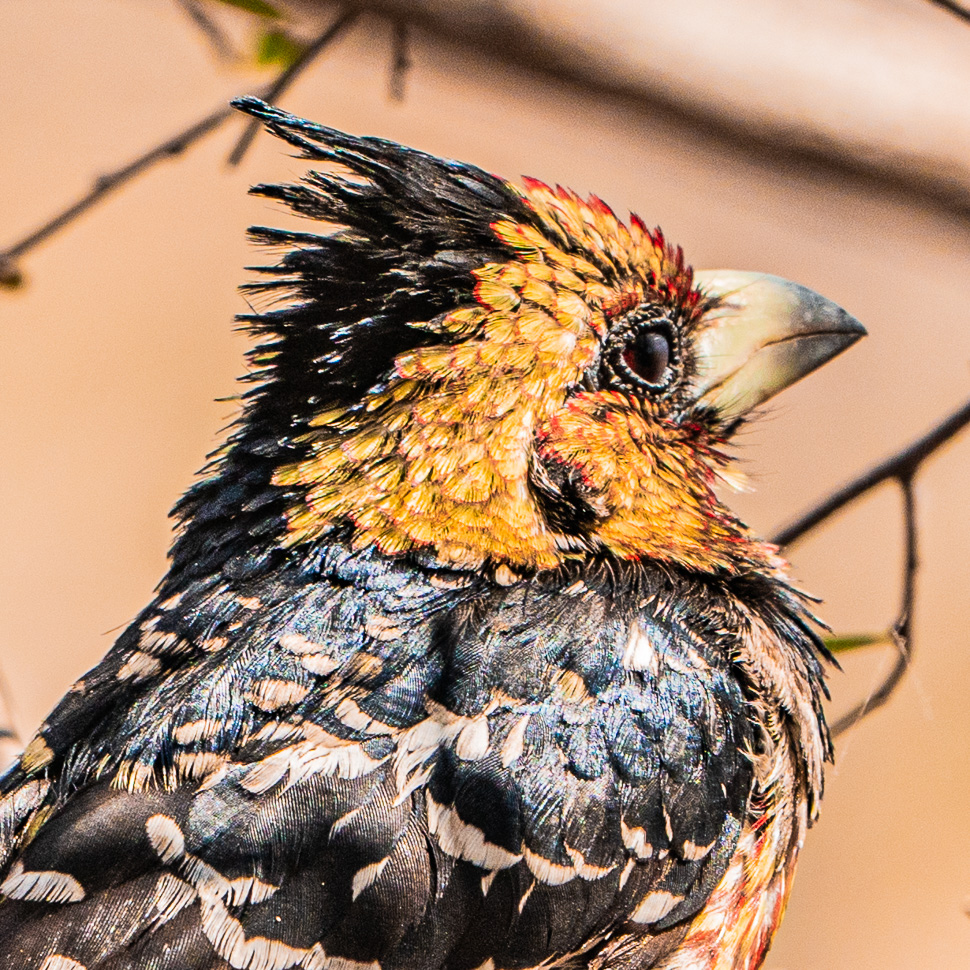
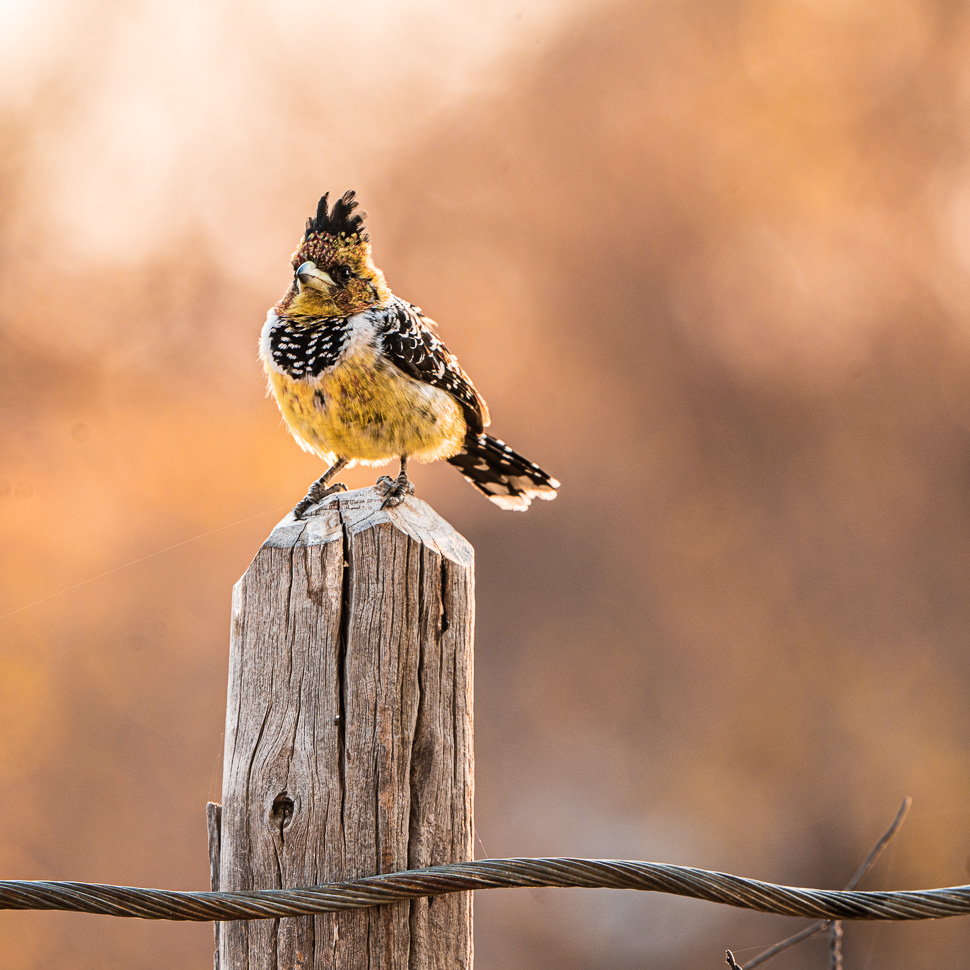
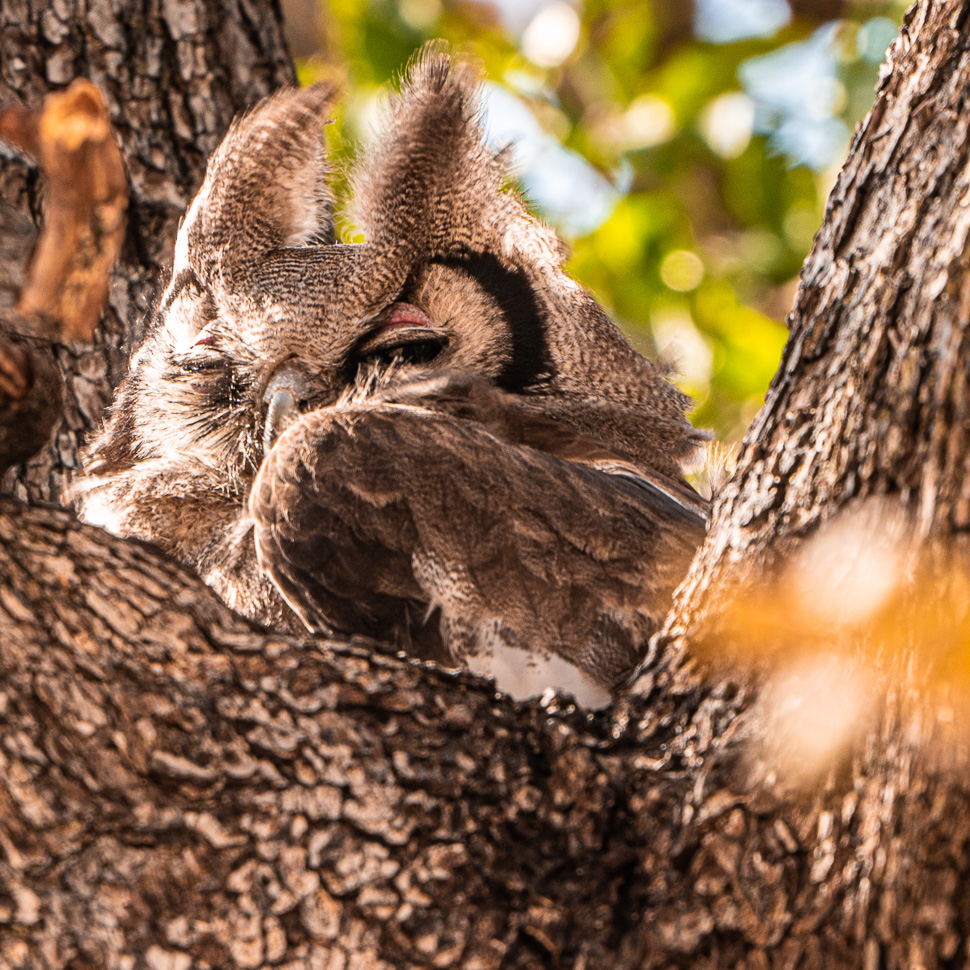
We spotted many fascinating birds in Hwange, including the Crested Barbet, but the best was the Verreaux’s Eagle-Owl which roosted in the tree next to our camping spot. This owl is about 60cm big and when we watched it leave its place in the tree and fly off into the night, that was really impressive. It can kill even young monkeys and can carry up to 1.8 kg!
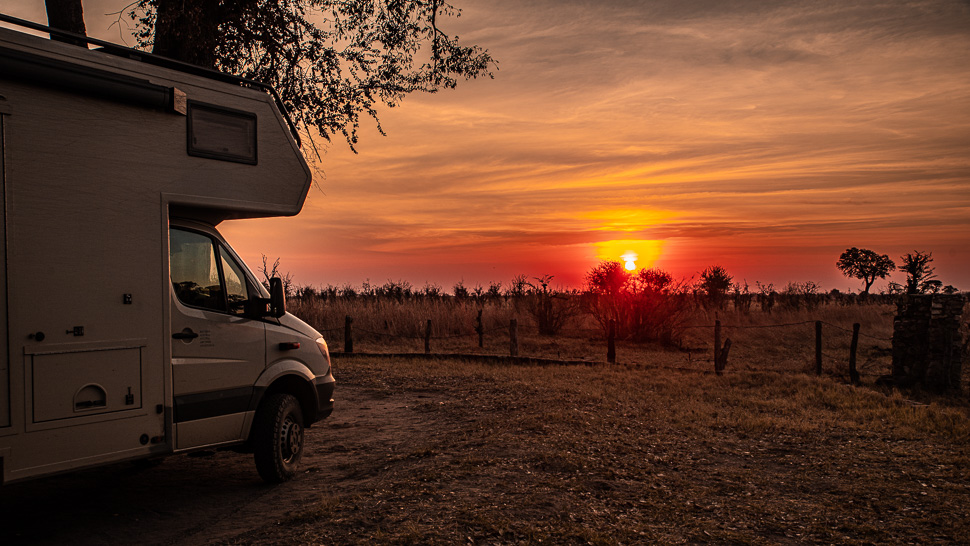
We loved our camp at Shumba Pan, which was not far from a waterhole, where we counted more than 100 elephants coming to drink in the late afternoon. During the day we drove to Masuma Dam and Mandavu Dam, where we used the picknick areas to watch what was happening there. Especially Mandavu Dam had a lot of birds and wildlife to offer.
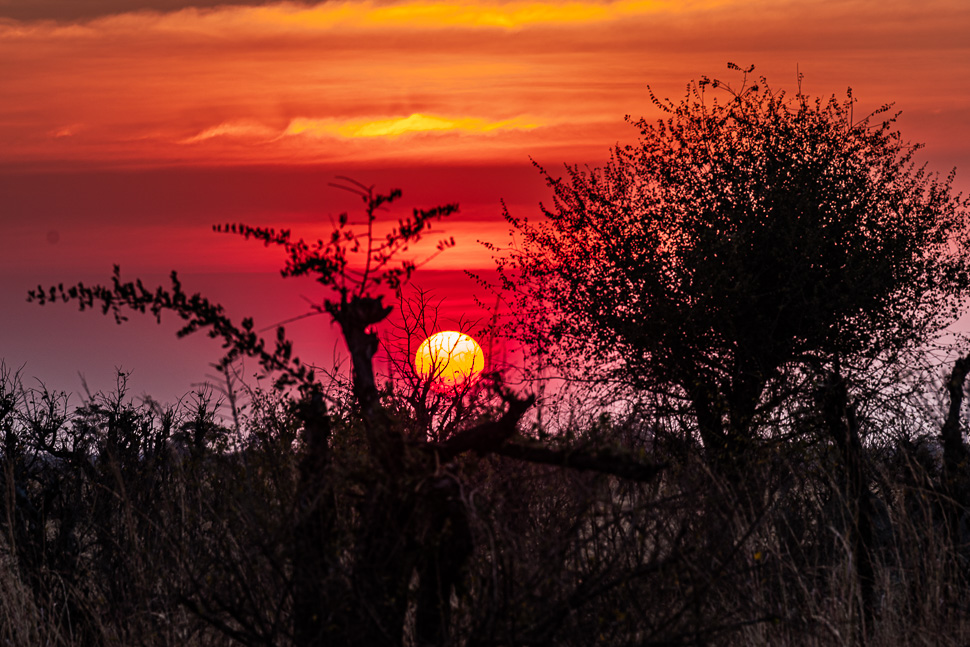
During our first night at Shumba Pan, we woke during the night to some noise around our car. It turned out, an elephant had climbed the fence and was enjoying the tree next to us. We heard him breaking branches and munching on them until he left over the fence again.
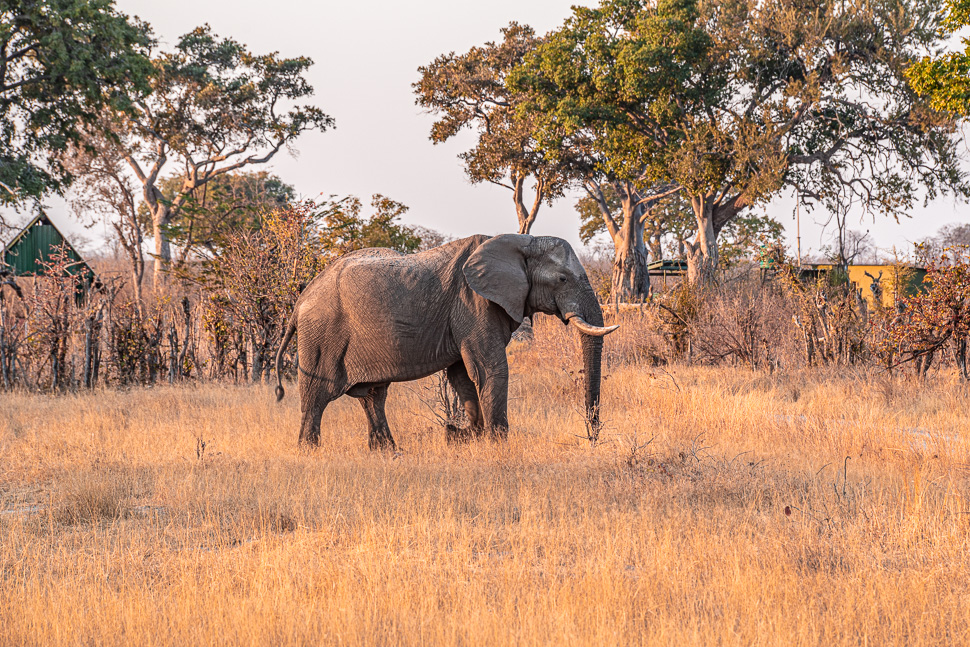
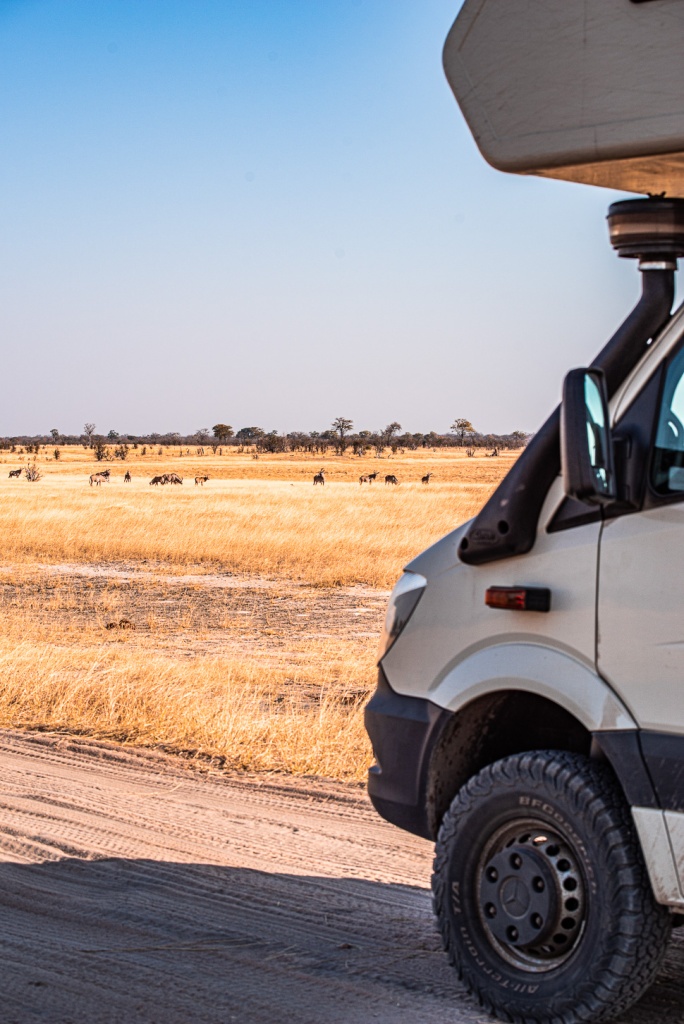
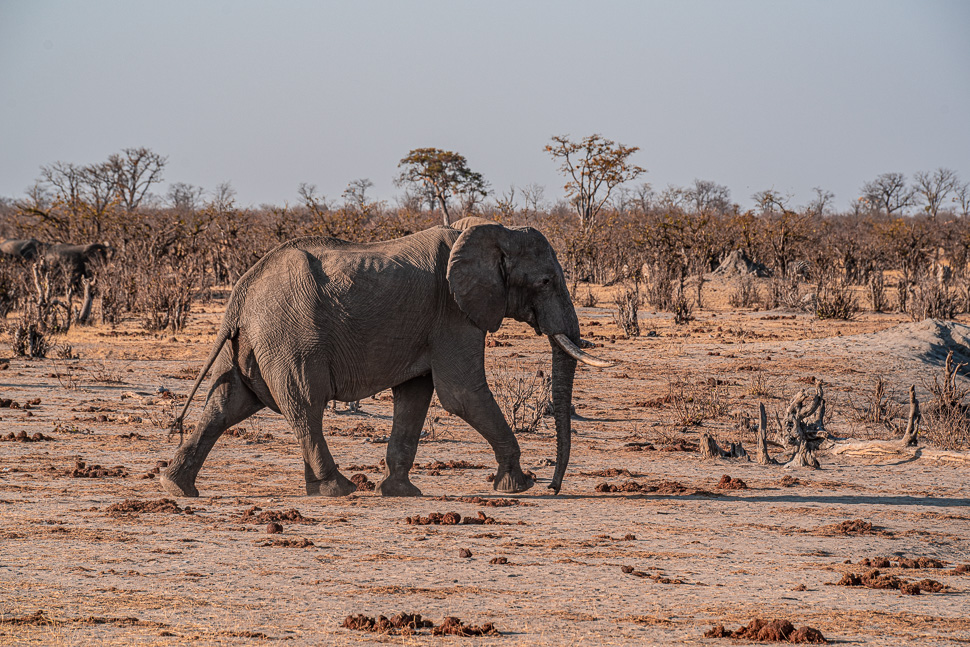
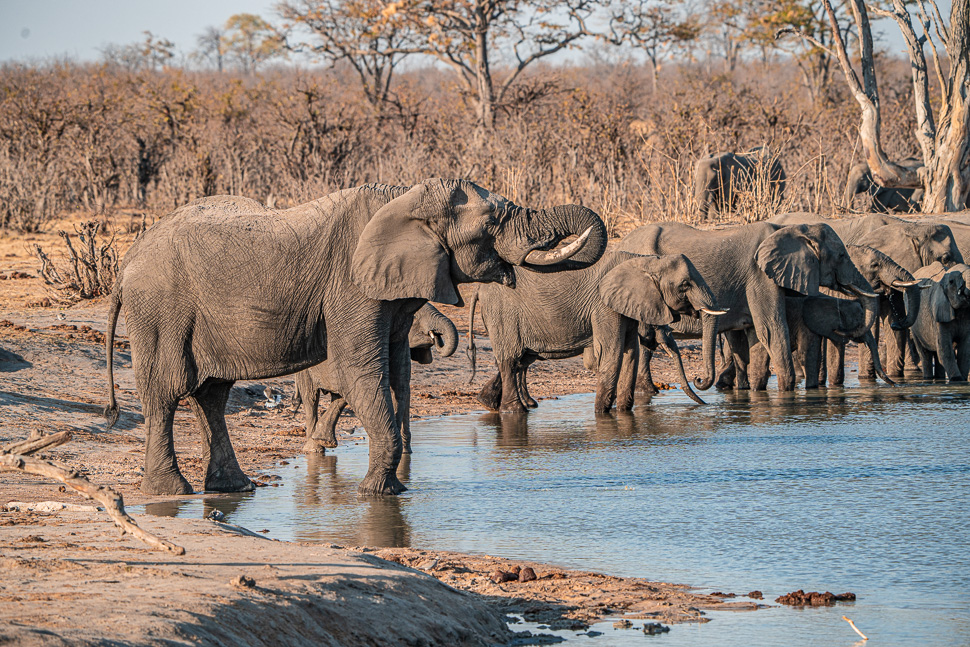
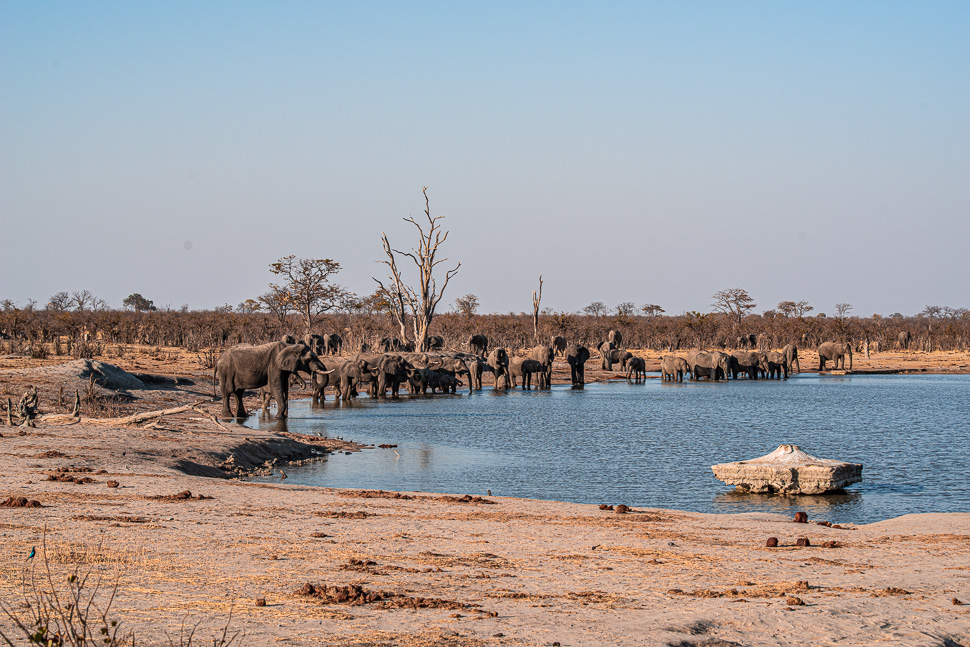

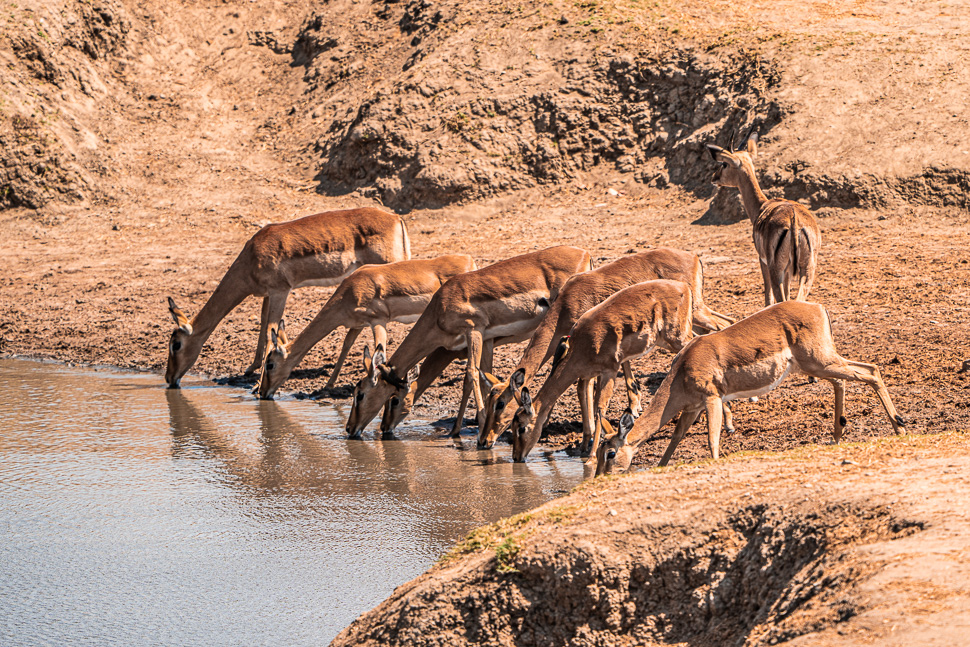
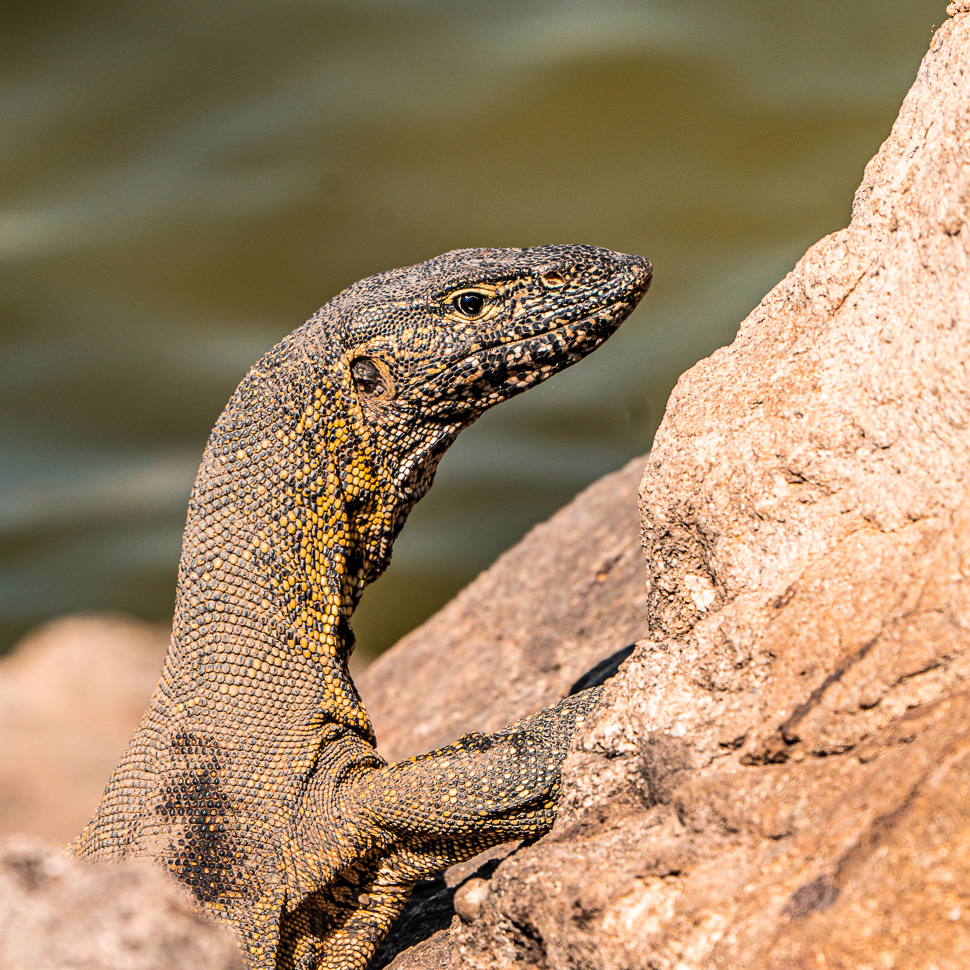
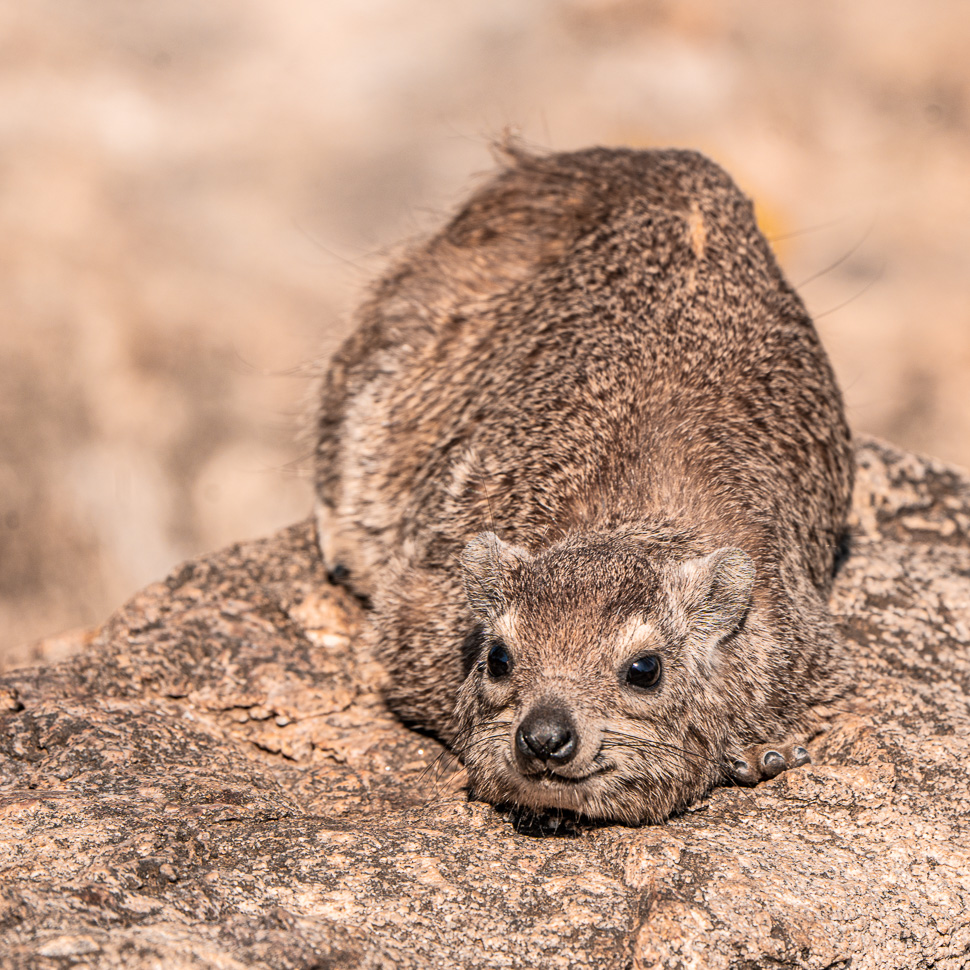
The last night we spent at Robins Camp, which was a big contrast to our lonely bush camp @ Shumba Pan. We had really enjoyed the solitude there. Our camp attendant Simon had supplied us with many informations and made sure we had hot water all day, really a place we can recommend, even when you have no good view to the waterhole from the campsite.
We will now leave Zimbabwe and cross into Botswana at Pandamatenga.
